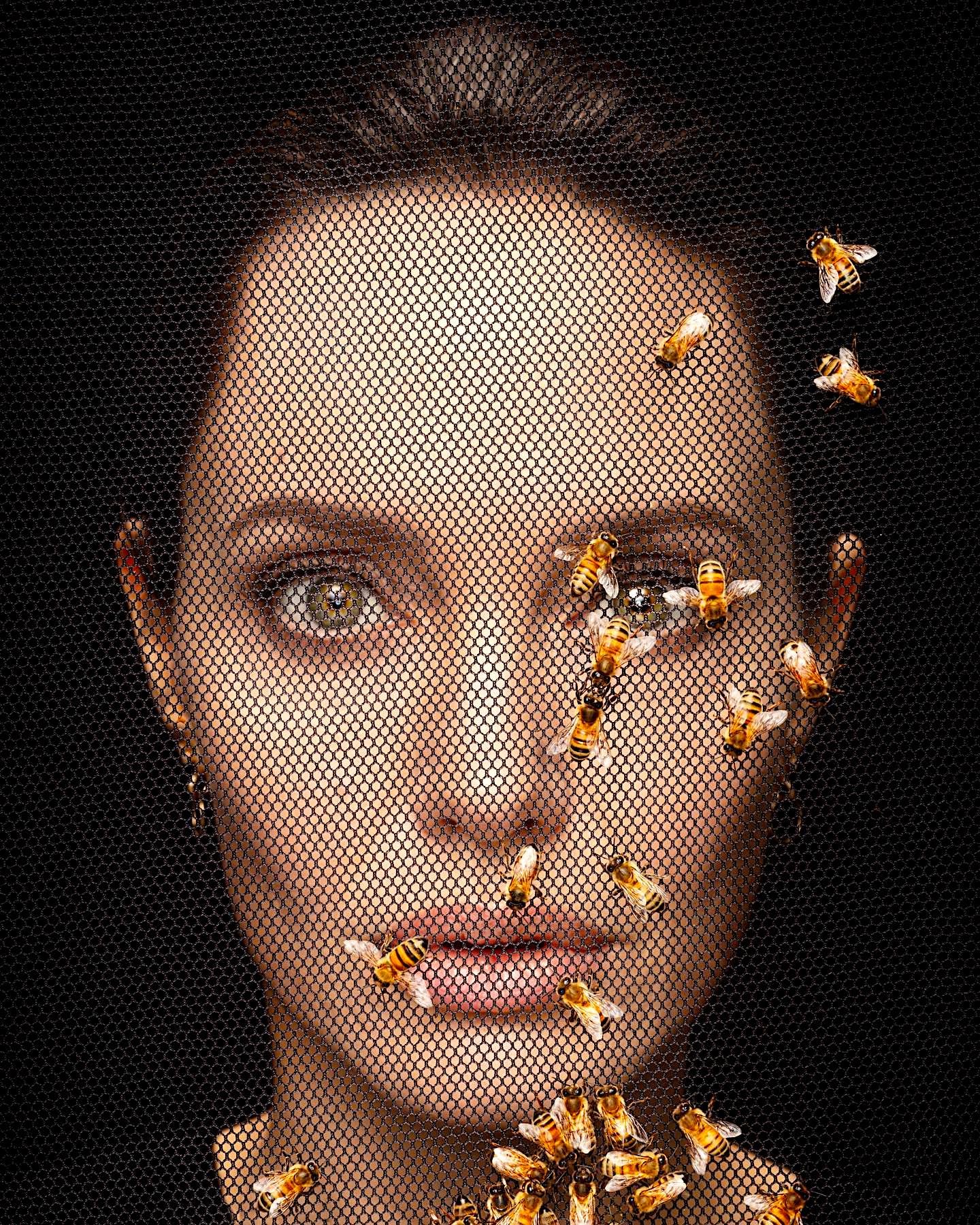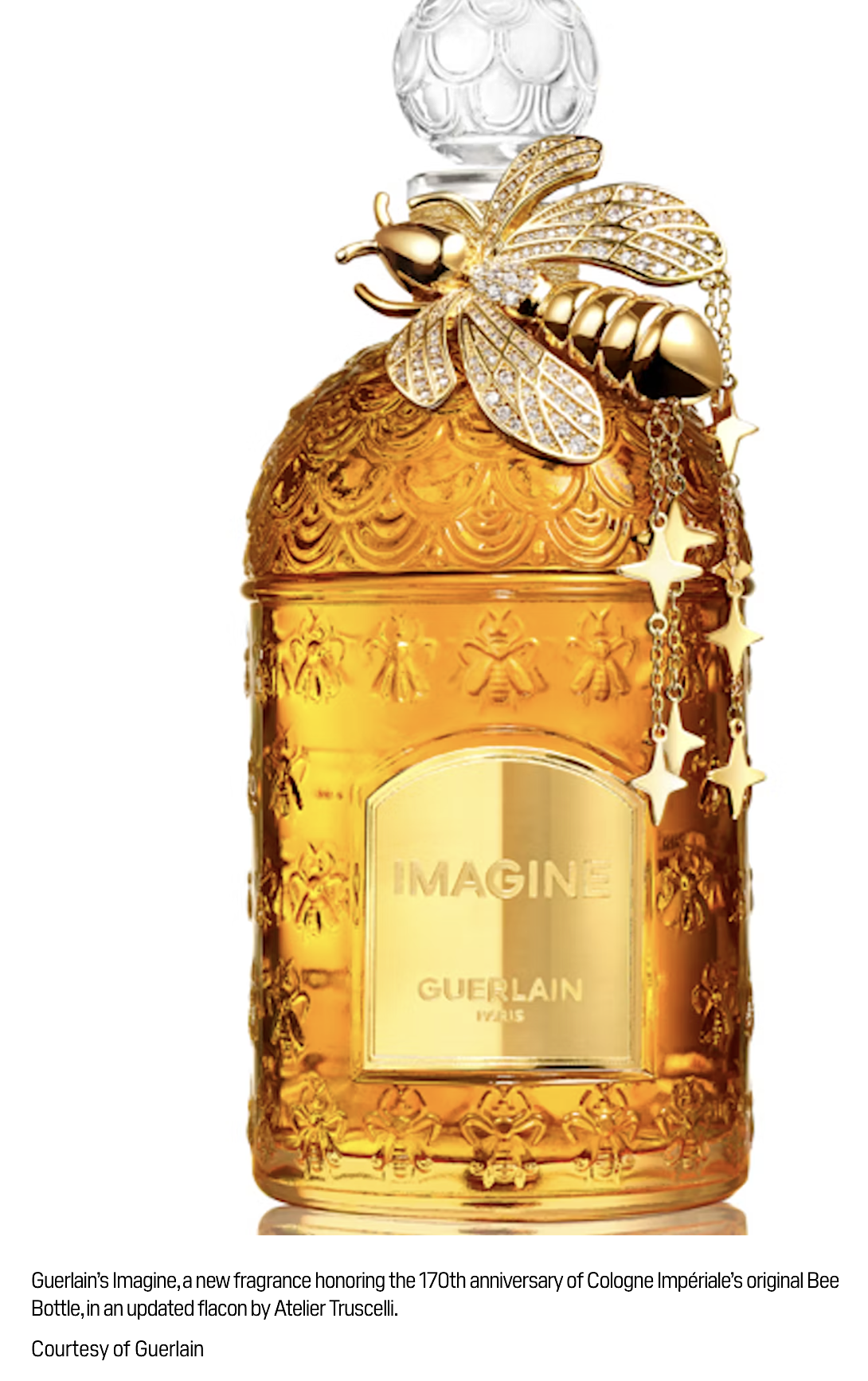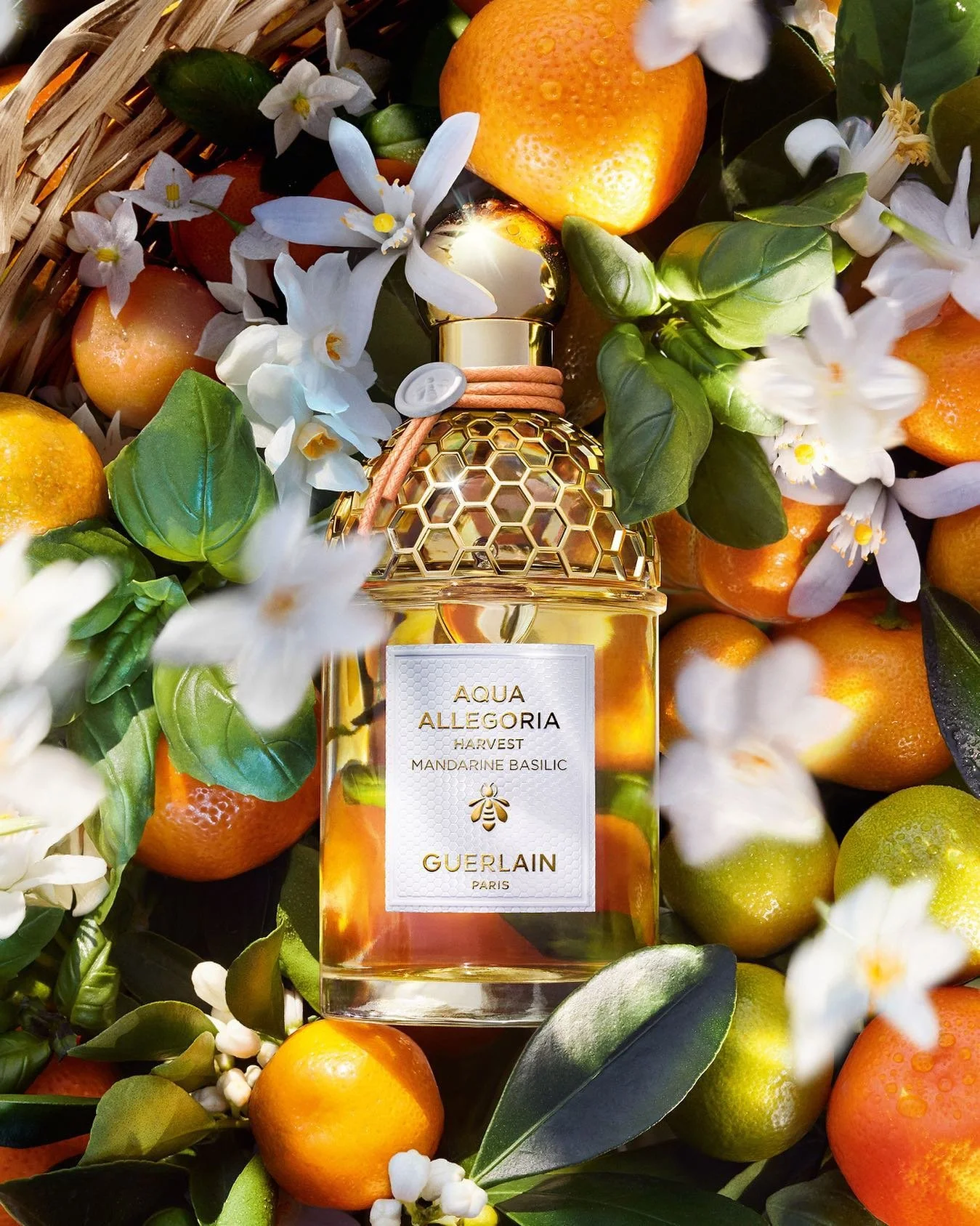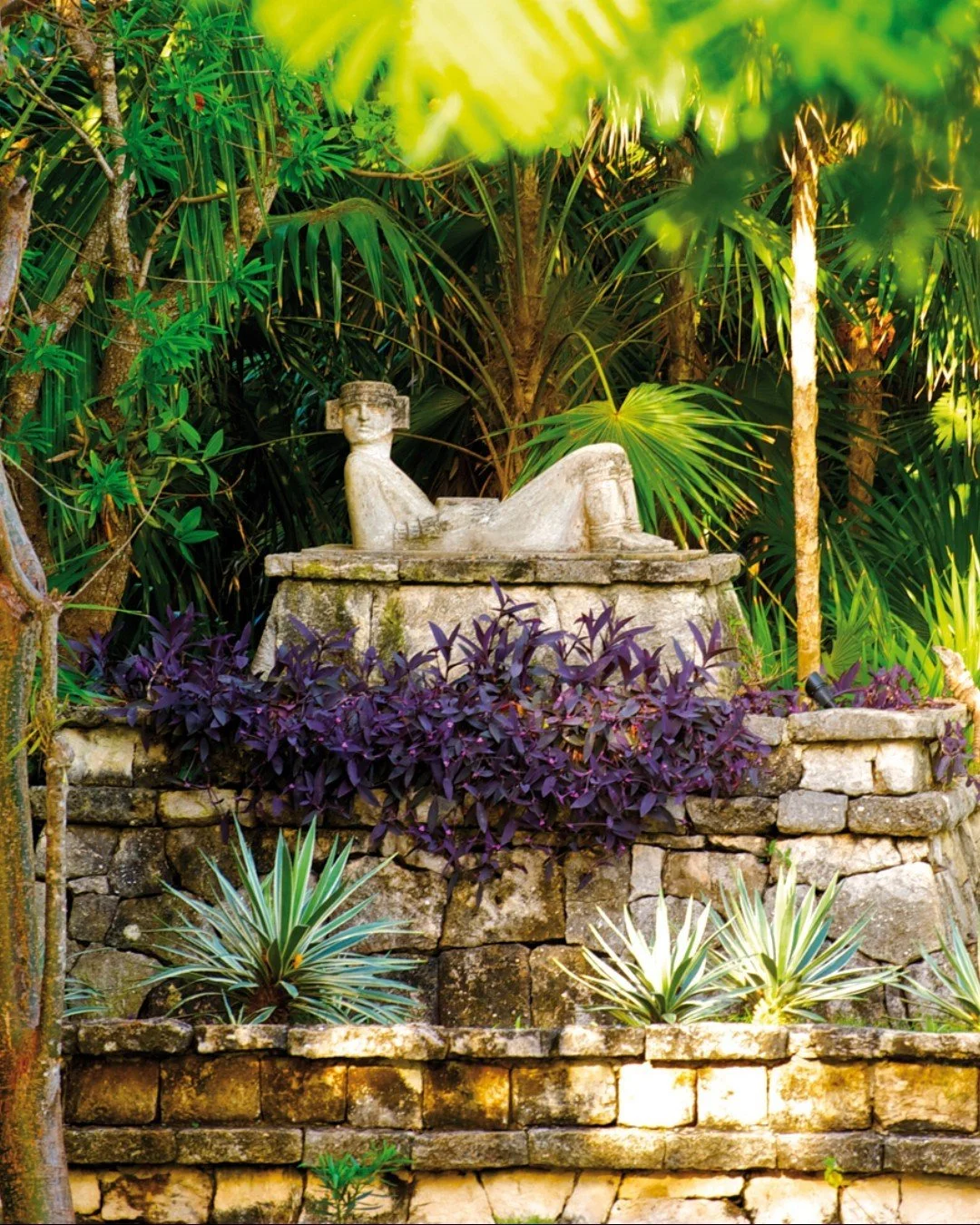Guerlain #WomenforBees Project Led by Angelina Jolie in Yucatan for 2023
/Angelina Jolie by Dan Winter for World Bee Day 2022 with its focus on Guerlain, Jolie and UNESCO in Cambodia. via Angelina Jolie IG.
In January 2017, global activist, philanthropist, mother of six, feminist actor and filmmaker, global citizen Angelina Jolie became the face of ‘Mon Guerlain’. Jolie had not been involved with a beauty company in more than a decade.
Today, Jolie is the global ambassador for Guerlain’s #WomenforBees project. With overt affection for the beloved light-bearer, much press replaces ‘ambassador’ with ‘godmother’ of the project that reinvigorates bee populations while empowering women in local communities.
In the video above, we get a sense of the sisterhood aspects of the project.
La Maison Guerlain was founded in Paris in 1828 and run by the Guerlain family until 1994, when it was acquired by LVMH [Moët Hennessy Louis Vuitton], the French luxury conglomerate headquartered in Paris and led by Bernad Arnault, one of the world’s richest people.
Bees have been a focus of artistry at Guerlain since 1853, when they inspired the brand’s Bee Bottle.
The jewel-like creatures are captivating enough as precious bits of live jewelry darting through the air and pollinating flowers.
Today, we understand the perilous plight of bees in our global ecosystem. The smart pollinators are linked directly to the global food supply in critical ways that are far more essential to human wellness than their existence as nature’s beauty symbols.
At Guerlain, bees reflect the French beauty and fragrance brand’s commitment to sustainability.
‘Mon Guerlain’, the fragrance Angelina Jolie agreed to represent five years ago was developed by Guerlain Master Perfumer, Thierry Wasser and Guerlain Perfumer Delphine Jelk.
They are also working on extensions of the Aqua Allegoria collection. We always see honeybee combs in the bottle designs.
Angelina Jolie covered the March 2021 issue of British Vogue, with photographer Craig McDean captured Jolie and her six children at her historic Los Angeles estate tucked away in the historic Laughlin Park quiet corner of Los Feliz.
British Vogue EIC Edward Enninful interviewed Jolie, who spoke on many topics, including her Guerlain-financed work to develop women as beekeepers. In 2019 Guerlain held its third edition of Bee University at UNESCO headquarters in Paris and Jolie just conducted a class in France, educating children about bees.
As we might expect with LVMH, the project is very well-conceived.
The partnership between Guerlain and UNESCO launched in early 2020, with the training of beekeepers with more than 50 hives based in Ethiopia, Rwanda, Cambodia and China. The five-year project has a goal of training 88 beekeepers from 44 biospheres maintaining 4.400 beehives, after which the partnership can be renewed.
COVID caused some upheaval in the project, but Guerlain’s commitment to saving bees is back on track.
In 2023, the program expanded to the Yucatan Peninsula in Mexico, in collaboration with the Fundación Selva Maya and Maroma, a Belmond Hotel.
When LVMH bought Belmond Hotels in December 2018, my personal plea to Bernard Arnault was to save the elephants. The bees are every bit as precious, and there is a unique synergy between elephants and bees much explored on AOC.
To learn that the new Maroma Resort and Spa, re-opening August 3, 2023 is also a co-sponsor of the #WomenforBees project, gives Maroma a sense of purpose that has deep roots in ancient practices and traditions.
To read Maroma’s IG description of its “place” is quite breathtaking and a tribute to LVMH’s approach to 21st century values in creating brand identity with real integrity and an embrace of ancient wisdom.
Maroma is a space of enchanting natural refinement, where ancient mysteries meet modern revelations. Our hotel is based on higher design—infinite and larger than the place itself. It was created originally by true believers of the Sacred Geometry, who aligned our white stucco buildings with the surrounding energy fields.
The ancient Mayan civilization, which thrived in the tropical forests of Central America, had a rich history of beekeeping. Long before Europeans introduced honey bees to the Americas, Mayan beekeepers harvested honey from the log nests of stingless bees native to the region. These skilled beekeepers utilized honey for various purposes, including as a sweetener, an antibiotic, an ingredient in their version of mead, and even as a form of commercial currency.
The Mayans primarily worked with large-bodied meliponine bees, such as Melipona beecheii, also known as 'Xunan kab' or 'royal lady.' These bees were endemic to the Yucatan peninsula, particularly in areas like Coba, Tulum, and Riviera Maya. The honey produced by these melipona bees was highly valued for its medicinal properties, making it one of the most sought-after types of honey in the world.
Beekeeping played a significant role in Mayan culture, with artifacts such as incense burners shaped like beehives and images of the bee god Ah Mucen Cab found on temple walls at Sayil and other sites. “The Madrid Codex”, one of the few surviving books of the ancient Maya, contains illustrations of male and female deities harvesting and collecting honey, as well as conducting various rituals associated with beekeeping.
Despite the decline of stingless beekeeping due to factors such as the introduction of European honey bees, loss of forest habitat, Africanization of honey bees, and climate change, there has been a resurgence of interest in preserving this ancient tradition. Today, indigenous Yucatec and Chol communities in the Yucatan peninsula continue to practice beekeeping on communal lands using modified traditional techniques.
However, due to the destruction of their natural environment, about 90% of Melipona colonies have been decimated in recent years.
As primary pollinators of the Mayan forest ecosystem, Melipona beecheii plays a vital role in maintaining the balance of biodiversity in the region. The Women for Bees program in the Yucatan Peninsula is a crucial step towards preserving both the endangered bee species and the ancient beekeeping traditions of Mayan women, while also empowering them through entrepreneurship and sustainable practices.
AOC is humbly thrilled to update readers about this ongoing Guerlain project Women for Bees, lead by a true light of the universe, Dame Angelina Jolie. ~ Anne





